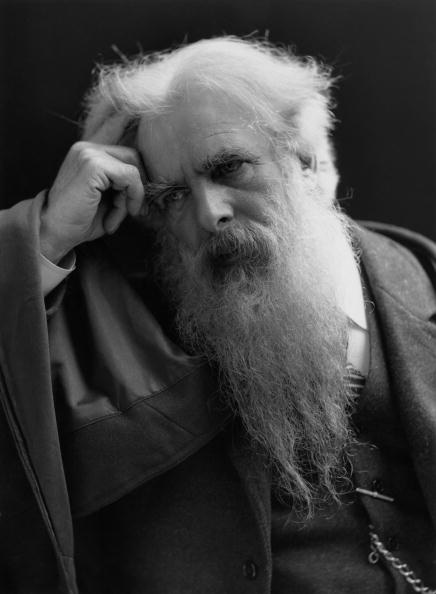WORKPRINT STUDIOS BLOG POST #2 - Cinema History
Filmmaking Blog
Welcome to the Workprint Studios Blog.
WORKPRINT STUDIOS BLOG POST #2 - Cinema History
Cinema is a medium that has become a ubiquitous part of modern life, but its history is a fascinating one that stretches back almost two centuries. From the earliest experiments with motion pictures to the rise of Hollywood and beyond, cinema has undergone many changes and transformations. In this blog post, we will explore the history of cinema, looking at key individuals who helped shape this art form into what it is today.
The origins of cinema can be traced back to the 1830s and 1840s when inventors such as Louis Jacques Mandé Daguerre and William Henry Fox Talbot developed photographic processes that could capture and fix images onto a surface. While these early photographs were static, the idea of capturing motion soon followed. In the 1870s, Eadweard Muybridge developed a system of cameras that could capture a series of images in quick succession, allowing for the study of motion in animals and humans.
The first public screening of moving pictures took place in 1895 when the Lumière brothers, Auguste and Louis, showed their short films to a paying audience in Paris. This event is often seen as the birth of cinema, and the Lumière brothers are credited with inventing the cinématographe, a device that combined camera, projector, and printer in one machine.
In the early years of cinema, films were short, often only a few minutes long, and were shown as part of variety shows in vaudeville theaters. However, filmmakers soon began to experiment with longer, narrative-based films, and in 1902, Georges Méliès created the first science fiction film, "A Trip to the Moon."
During the silent era of cinema, which lasted until the late 1920s, films relied on visual storytelling to convey their narratives. One of the most influential directors of this period was Fritz Lang, who made several groundbreaking films, including "Metropolis" (1927), a science fiction epic that used innovative special effects to create a futuristic city.
The introduction of sound in the late 1920s revolutionized cinema, allowing for greater realism and more sophisticated storytelling. Hollywood became the center of the film industry, and during the Golden Age of Hollywood in the 1930s and 1940s, films became more elaborate and cinematic. Studios such as MGM, Warner Bros., and Paramount produced classic films such as "Gone with the Wind" (1939), "Casablanca" (1942), and "Singin' in the Rain" (1952).
In the post-war period, cinema underwent further changes, with the rise of European art cinema and the emergence of new Hollywood directors such as Stanley Kubrick and Francis Ford Coppola. The 1970s saw the rise of blockbuster films such as "Jaws" (1975) and "Star Wars" (1977), while the 1980s saw the advent of music videos and the birth of the indie film movement.
Today, cinema continues to evolve, with advances in digital technology and streaming platforms changing the way films are made and consumed. But despite all these changes, the history of cinema remains an important part of our cultural heritage, and the works of pioneering filmmakers such as Louis Jacques Mandé Daguerre and Fritz Lang continue to inspire and influence filmmakers today.
DID YOU KNOW?
- Did you know that the first movie theater opened in 1905 in Pittsburgh, Pennsylvania, and charged a nickel for admission?
- Did you know that the first film to win Best Picture at the Oscars was "Wings" in 1929?
- Did you know that the first feature-length animated film was "Snow White and the Seven Dwarfs," released by Disney in 1937?
- Did you know that the first film to gross over $1 billion worldwide was "Jurassic Park" in 1993?
- Did you know that the first film to feature synchronized sound was "The Jazz Singer" in 1927?
- Did you know that the first film to be shown on an airplane was "Howdy Chicago" in 1921?
- Did you know that the first 3D film was "The Power of Love" in 1922, and it used anaglyph glasses with red and green lenses to create the effect?
Where you can find us.






